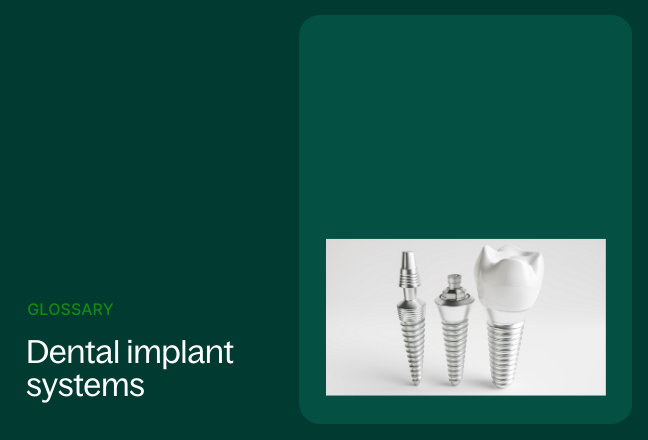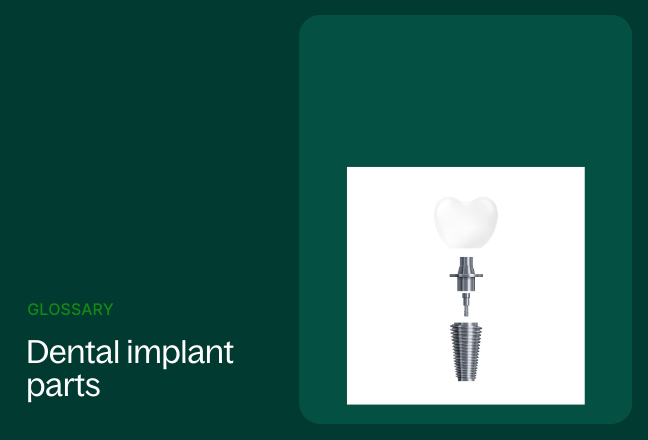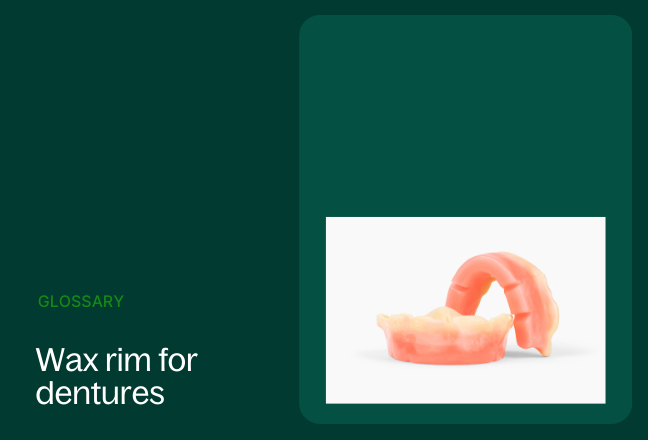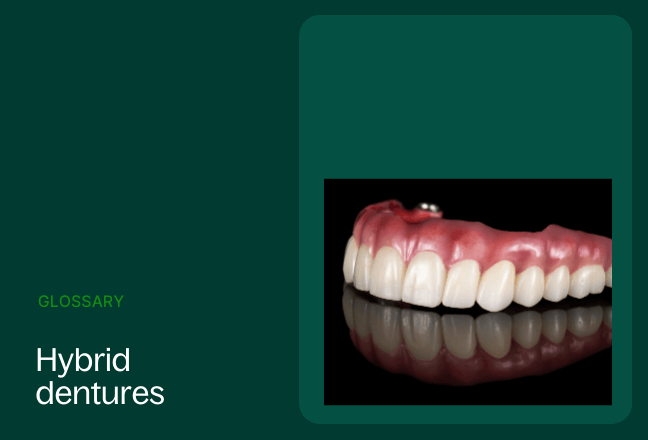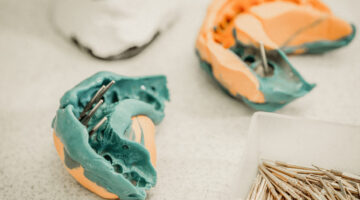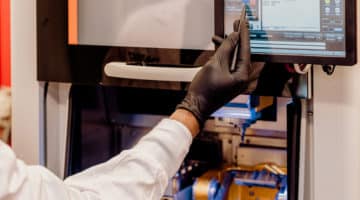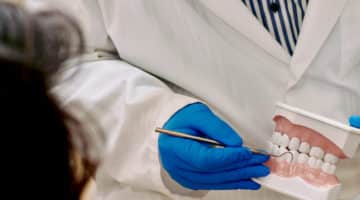Impression copings are an essential part of the dental implant process. They allow for the fabrication of a precise and accurate restoration that fits perfectly and looks natural.
What is an impression coping?
An impression coping is a pre-manufactured component that helps to situate and measure the implant in the mouth when impressions are being taken for a dental implant. When using impression coping or implant copings, a transfer cap is placed over the new fixture or implant, so that it can be transferred to a surgical guide for cleaner and easier crown installation.
The different types of impression copings
Impression copings are available in two main types:
Closed tray impression copings: This technique requires a clinician to capture the post within the impression. Then after curing, the impression is removed and the clinician unscrews the post from the dental implant and replaces it into the impression.
Open tray impression copings: This technique involves using impression copings attached to implants where a retaining screw extends past the tray, thus embedding it into the impression. Prior to moving the impression, the coping is unscrewed by a clinician through an opening in the tray.
Once the impression is taken, the impression copings are removed and sent to the dental laboratory. The laboratory uses the impression to create a master cast of the implant site. The master cast is then used to fabricate the final dental implant restoration, such as a crown, bridge, or denture.
What is an implant analog and coping?
Implant analogs and copings are both important tools in the dental implant process. They help to ensure that the final restoration is accurate, precise, and fits perfectly.
An implant analog is a replica of an implant post or abutment used in the dental laboratory to create a master cast of the implant site. The master cast is then used to fabricate the final dental implant restoration, such as a crown, bridge, or denture.
An implant impression coping is a temporary abutment that is attached to the implant post or abutment while the final restoration is being fabricated. It is typically made of plastic or metal and is used to protect the implant site and to maintain the proper spacing between the implants.
How do you take impressions with an impression coping?
There are two different methods of taking an impression coping, each with their own benefits, let’s look at the techniques and see how they differ.
How to take open tray impressions
- Use adhesives to coat the impression tray and retain impression material.
- Take heavy-body impression material and load it into the tray, then capture the soft tissue by placing light-body impression material around the copings.
- Once the custom tray is inserted into the patient’s mouth, expose the coping to facilitate access by removing excess material around the occlusal opening.
- After polymerization, the screws should be loosened from the temporary copings.
- Remove the impression.
How to take impressions with the closed tray technique
- Place closed tray impression copings on the dental implants.
- Fill the tray with impression material and seat it within the patients’ mouth.
- After polymerization, extricate the closed tray impression copings.
- Affix the implant or abutment analogs to the copings.
- Finish by placing the coping-analog assembly into the definitive impression.
Taking digital impressions with impression copings
You cannot take a digital impression with a traditional impression coping. Instead, you use scan bodies. Scan bodies are intraoral implant-positioning-transfer devices utilized in the digital Implant restoration workflow. They play an essential role in successfully designing and fabricating accurately fitting implant-supported restorations. Learn more about how scan bodies are used when taking digital impressions for implants.
Implant impression copings
Implant copings are an important part of the dental implant workflow. We hope this article helped you better understand how impression copings are used when restoring and placing implants. Now we recommend taking some time to learn about the essential dental implant parts and how they work together to restore a patient’s teeth in a natural way.

